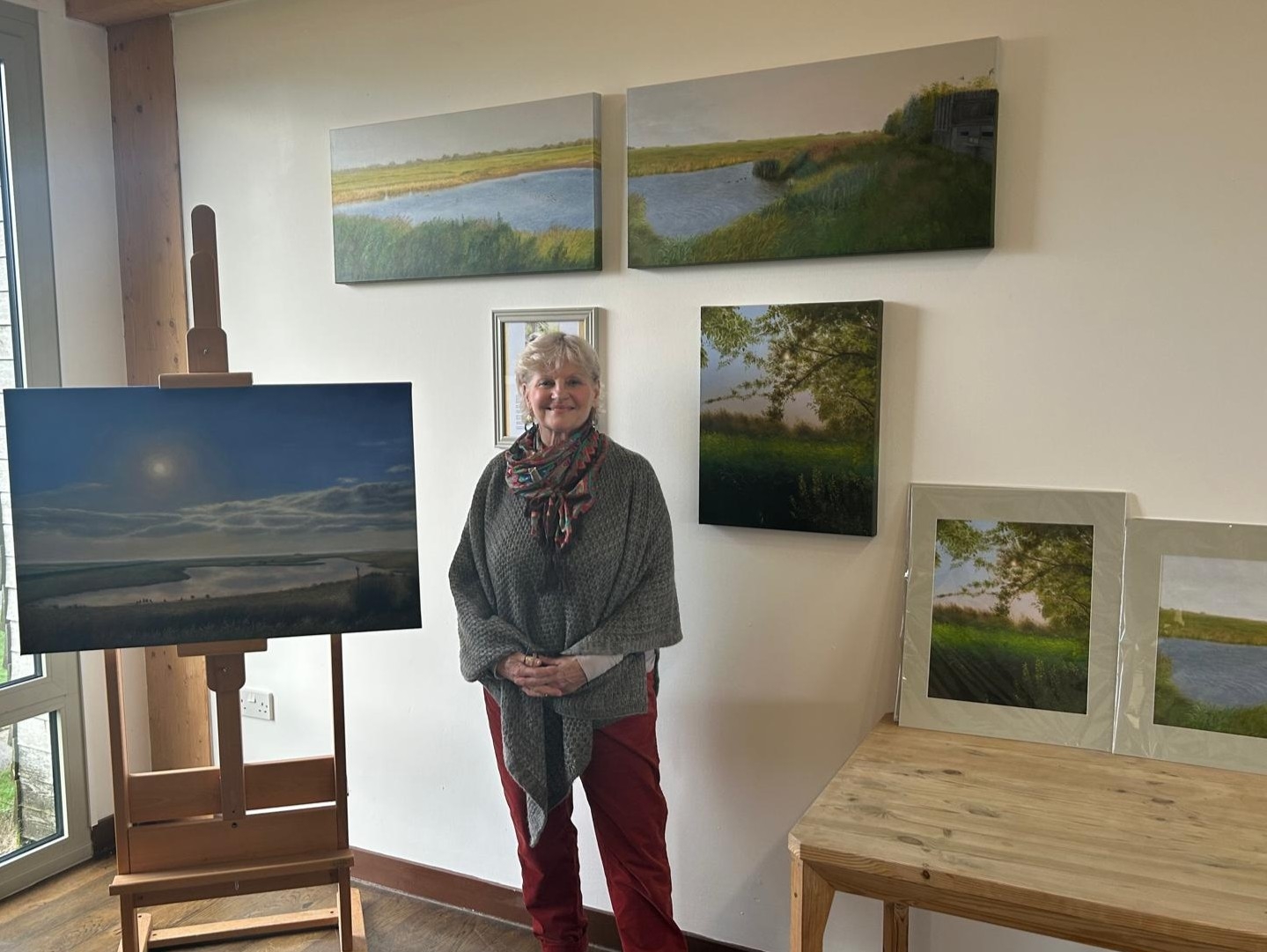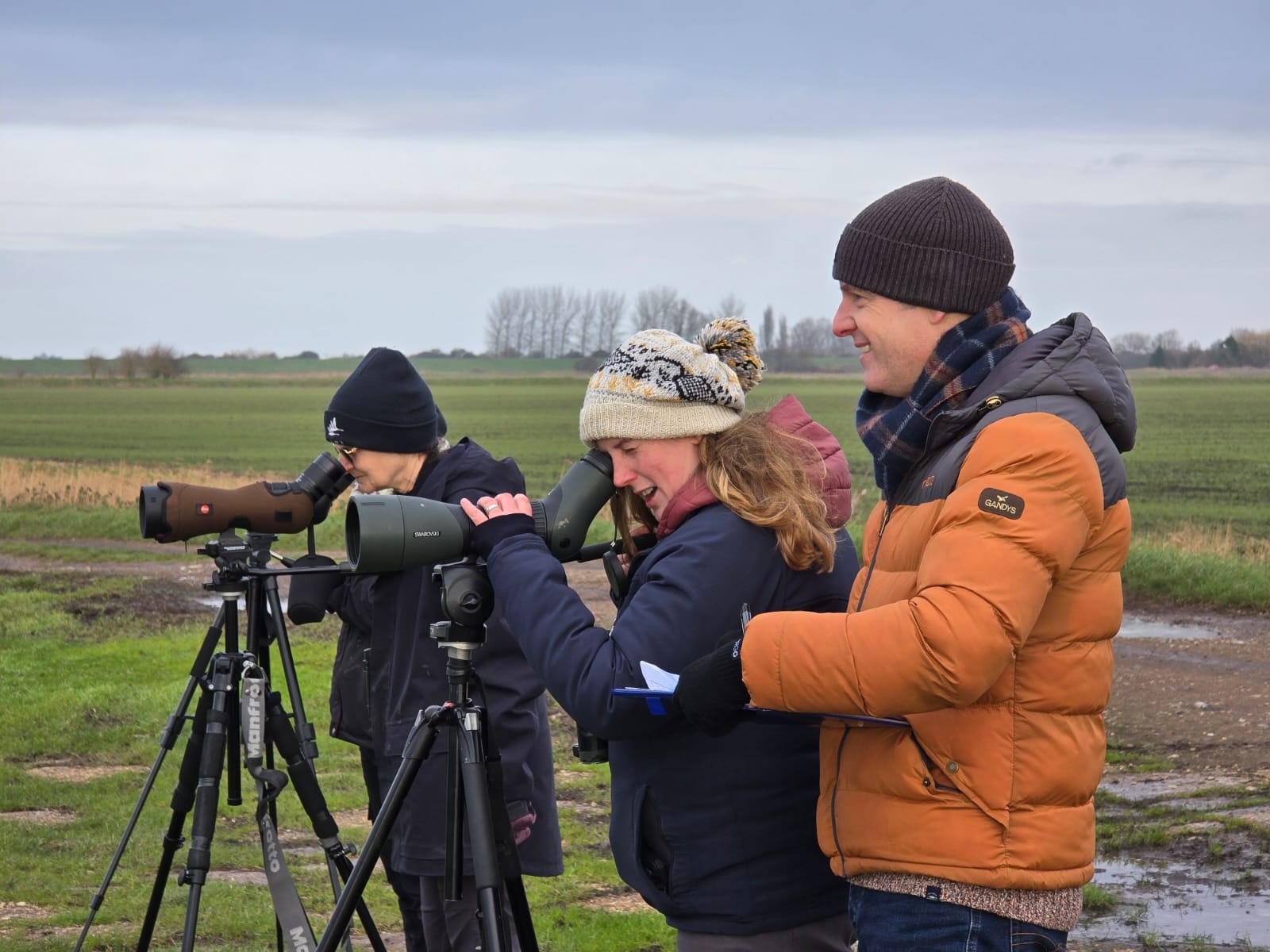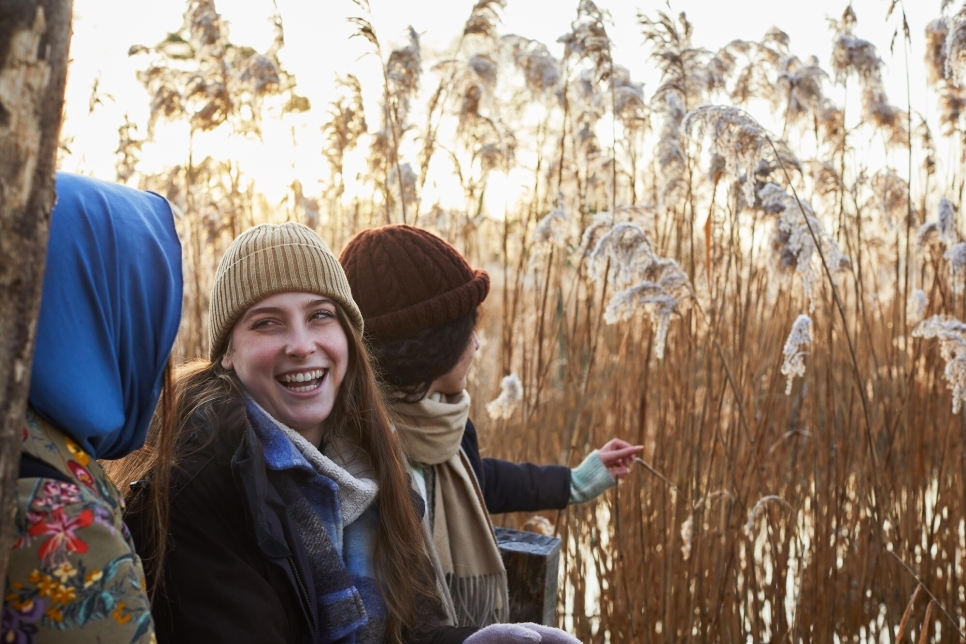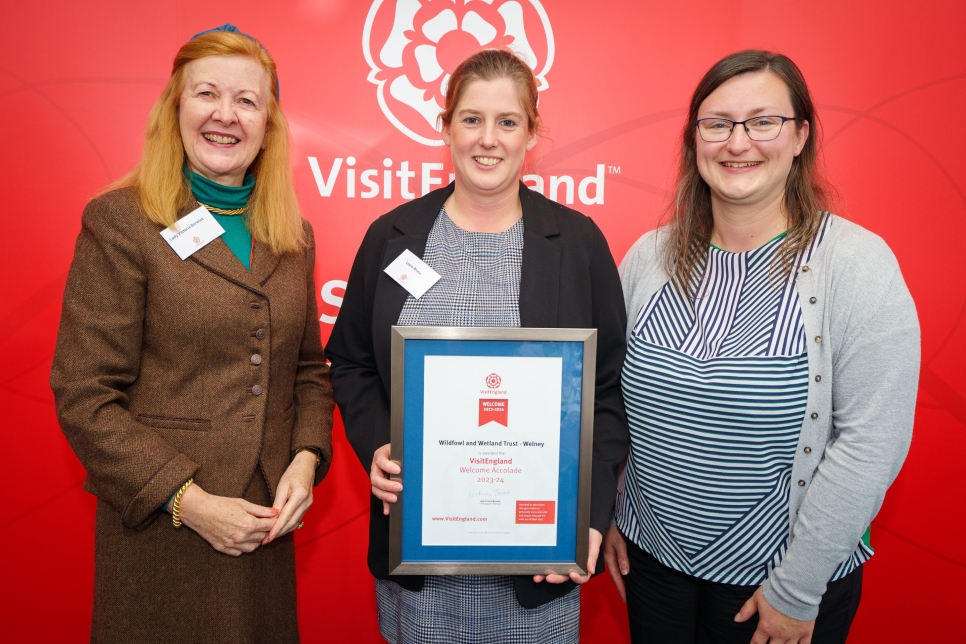Largest family to date for Icelandic swan pair

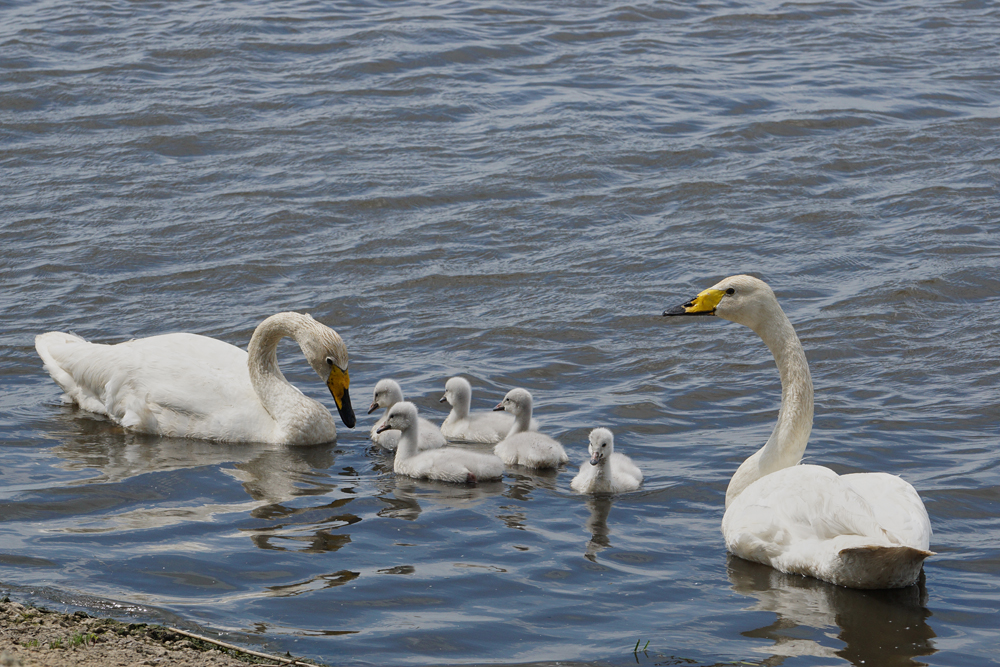
A pair of injured whooper swans have hatched a brood of five cygnets this summer at WWT Welney Wetland Centre. The pair who first bred on the reserve in 2011 are unable to return to their natural breeding grounds in Iceland due to wing injuries, resulting in them being unable to fly.
This is the largest brood that these swans have had since they started breeding on the reserve. The pair are hugely protective of their family so we hope they should stand a good chance of raising these cygnets to fledging over the summer.
Whooper swans are a familiar sight in the Fens each winter as thousands of these birds fly down from their breeding grounds in Iceland to escape the freezing temperatures. They are a joy to watch, and fill the area with the sound of their calls as they fly between feeding grounds in the fields and roosting sites on wetlands.
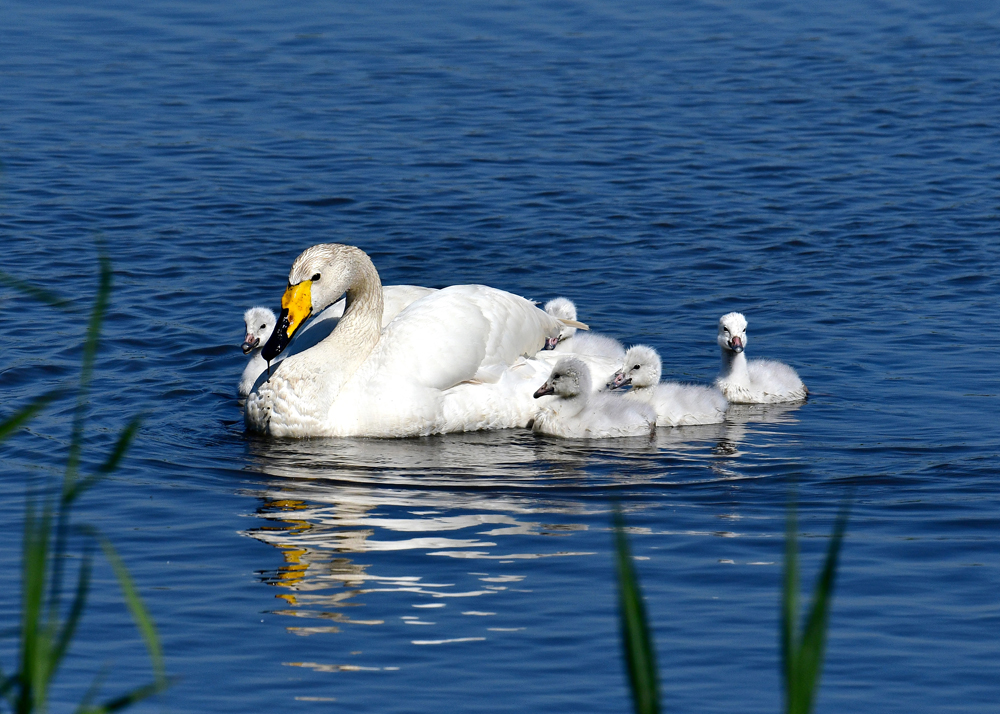
This time of year the only whooper swans who remain on the reserve are those that cannot physically make the journey back to Iceland. Wetland birds face many threats throughout their lifetime, whether that be at their breeding or wintering grounds or on migration. Here in the Fens, one threat which can reduce their ability to fly is collisions with overhead cables. WWT and UK Power Networks have a long-term partnership to increase the visibility of these wires and therefore reduce the chances of birds flying into them.
Leigh Marshall, Centre Manager at WWT Welney, said:
“It is great to see these birds breeding here, despite their injuries, and we look forward to watching the family grow over the coming weeks.
This pair have been resident at WWT Welney since at least 2007 when they were ringed, during one of the winter swan catches. We hope to ring these young swans during the summer so that we can follow them in future years and find out what happens to the young of this pair.”
This particular pair of whooper swans have raised a total of six cygnets from three breeding attempts. They favour the main lagoon at the moment and have often been seen on the water or the islands viewable from the main hide. As the cygnets grow, the parents will take them further around the reserve to feed on plants and seeds, eventually bringing them back to the main lagoon in late October when the swan feeds begin.
